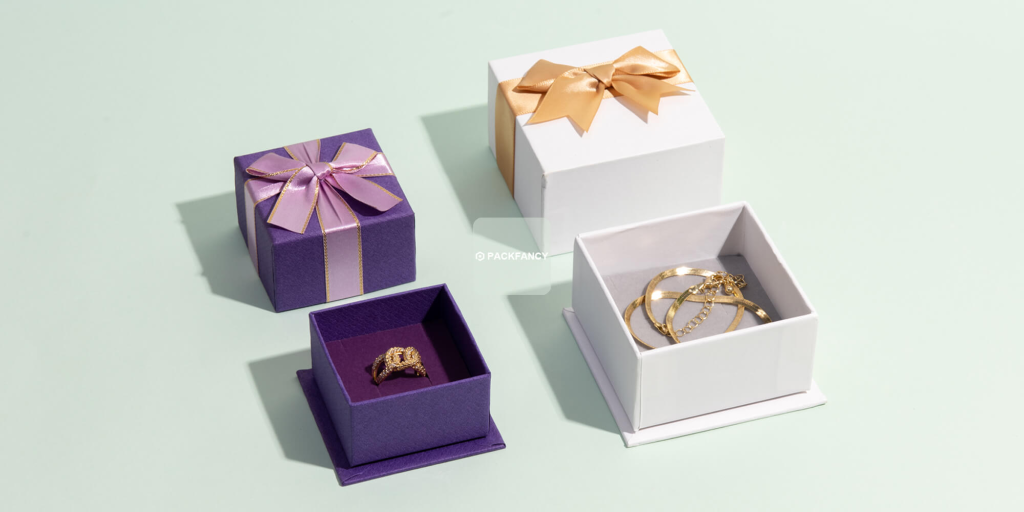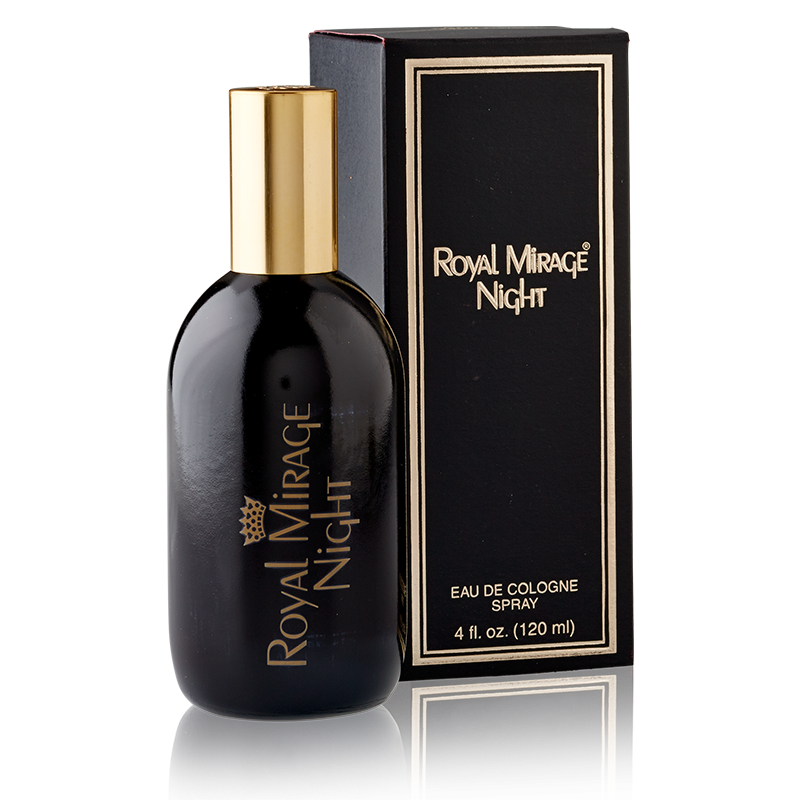Introduction:
Custom rigid jewelry boxes are an integral part of the jewelry industry, providing protection, branding opportunities, and an enhanced unboxing experience. But have you ever wondered how these boxes are made? In this article, we will take you behind the scenes of the manufacturing process of custom rigid jewelry boxes. From the selection of materials to the intricate design and assembly, we will explore the step-by-step journey of transforming flat sheets of cardboard into beautiful and functional packaging for precious jewelry pieces.
Material Selection and Preparation:
The manufacturing process begins with the careful selection of materials. Cardboard, a versatile and eco-friendly material, is commonly used for jewelry boxes. It is available in various thicknesses and grades to suit different requirements. The chosen cardboard sheets are then cut into the desired dimensions using specialized cutting machines. Depending on the design and desired finish, additional materials like adhesive tapes, ribbons, or foam inserts may be prepared simultaneously.
Printing and Customization:
Customization plays a crucial role in the manufacturing process of cardboard jewelry boxes. Printing techniques, such as offset or digital printing, are employed to transfer custom designs, logos, and branding elements onto the cardboard sheets. High-quality inks and printing equipment ensure vibrant colors and sharp details. Special finishes, such as matte or glossy coatings, foil stamping, or embossing, may be applied to enhance the visual appeal and add a touch of luxury to the boxes. The customization process allows each jewelry box to be a unique reflection of the brand’s identity
Die Cutting and Creasing:
Die cutting is a key step in creating the precise shape and structure of the jewelry boxes. Custom-made metal dies, shaped according to the box design, are used to cut out the cardboard pieces. The dies are positioned on a die cutting machine, which exerts pressure to cut through the cardboard along the defined lines. Simultaneously, creasing is done to create fold lines that facilitate the box assembly process. The combination of die cutting and creasing ensures that the cardboard pieces are cut accurately and can be easily folded into their final box shape
Folding and Gluing:
Once the cardboard pieces are die cut and creased, they are ready for folding and gluing. Automated folding machines are used to precisely fold the cardboard along the crease lines, creating the walls and flaps of the jewelry box. Adhesive dispensing machines apply glue to the designated areas, securing the flaps together and forming a sturdy box structure. The type of adhesive used depends on factors such as the cardboard grade, box size, and desired strength. Careful attention is given to ensure precise alignment and consistent adhesive application to achieve high-quality finished boxes.
Finishing Touches:
After the boxes are assembled, various finishing touches are added to enhance their functionality and aesthetics. These may include attaching ribbons or bows for an elegant closure, adding foam or fabric inserts to hold the jewelry securely in place, or incorporating windows to showcase the jewelry inside. Quality control checks are conducted at this stage to ensure that the boxes meet the desired standards of appearance, strength, and functionality. Boxes that pass the inspection are prepared for packaging and shipment to jewelry retailers and wholesalers.
Conclusion:
The manufacturing process of custom rigid jewelry boxes involves meticulous steps and attention to detail. From material selection to printing, die cutting, folding, gluing, and adding finishing touches, each stage contributes to creating high-quality and visually appealing packaging. The efforts and expertise involved in this process ensure that jewelry pieces are protected, brands are represented, and customers experience the joy of unboxing. PackFancy believes that understanding the behind-the-scenes manufacturing process of custom rigid jewelry boxes adds to our appreciation of the craftsmanship and dedication that goes into creating these essential components of the jewelry industry.
Author



